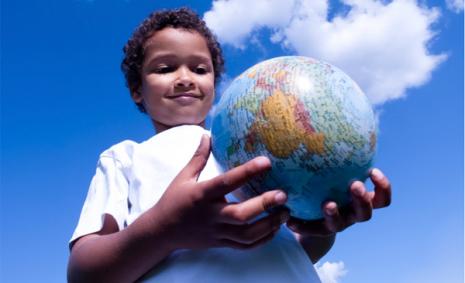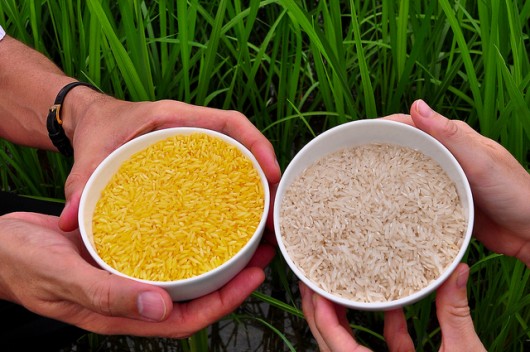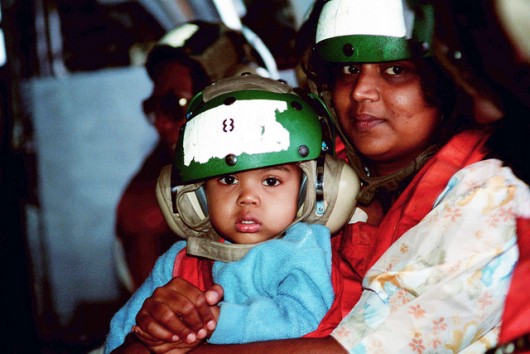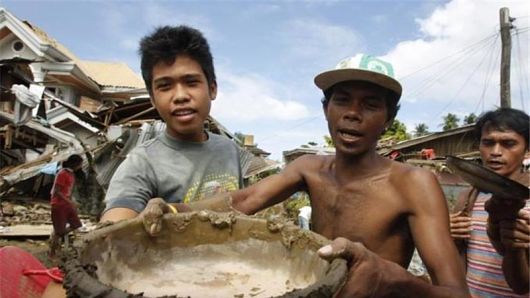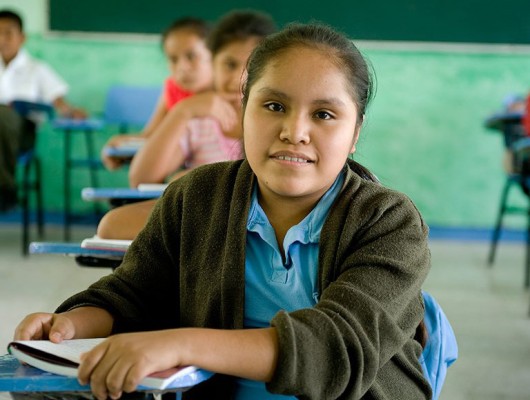
As the Mexican economy continues to recover from the most recent recession, social concerns still remain.
Specifically, low wages, underemployment and inequitable income distribution are the causes of suffering in the impoverished southern states.
According to the Ministry of Social Development, 54% of all Mexicans live in poverty. Poverty standards in Mexico equate to $4 per day. However, 32% of the population lives on $2.50, and 24% live on less than $2.00. Characteristics of poverty include the lack of access to basic human needs such as nutrition, clean
Characteristics of poverty include the lack of access to basic human needs such as nutrition, clean water and shelter.
In 2005, nonprofit organization, Freedom from Hunger created Alcance. The organization’s principal focus is to assist financial institutions to integrate education and health protection services that specifically address women and their families.
Alcance works in conjunction with the Mexican government to coordinate microfinance networks. The purpose of these networks is to provide financial education and to equip financial institutions to disseminate funds.
As of 2014, Alcance launched a Saving for Change programs in two Mexican states where traditional microfinance has not reached the rural communities of the chronically poor.
The aim is to help institutions successfully manage social objectives and increase their ability to provide high quality, client-responsive services.
Organizations such as Mastercard also help create programs as global partners. The current program they fund will develop, test and document innovations in the integration of financial services. In addition, education will be provided for youth between the ages of 13 and 24 in Mali and Ecuador.
The program’s focus is to build a range of microfinance providers to offer products and services for youth living in poverty. The goal is to utilize these services to guide youth financially, in order to increase options for their future.
Youth participants’ parents and community leaders will be educated on how to be supportive of youth in ascertaining financial education building.
Programs to address education, health care, social security, quality of basic services in the household and income and social cohesion are necessities in helping to address the nation’s poverty.
– Erika Wright
Sources: Freedom from Hunger, The Mastercard Foundation
Photo: ChildFund.org

